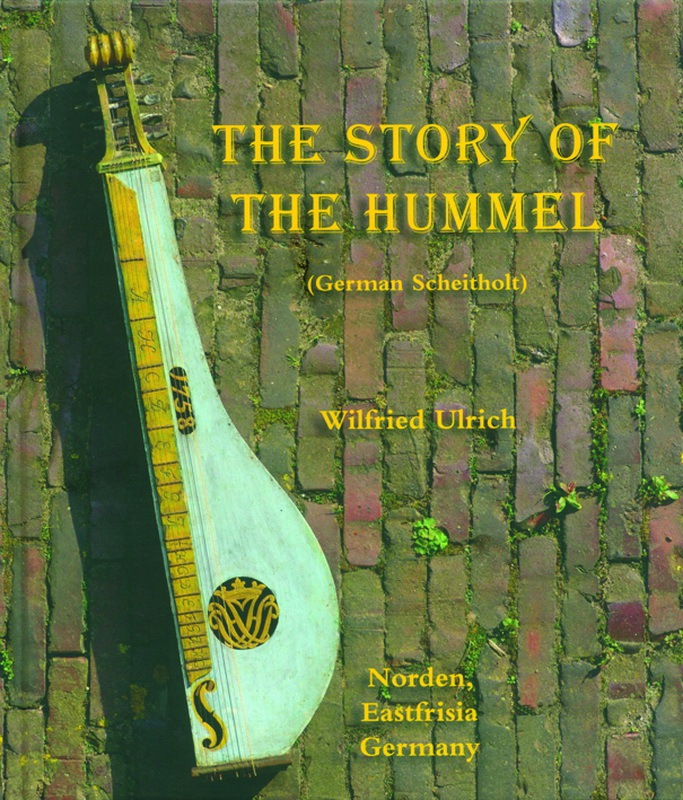Description
The story of a folk instrument Hummel (German Scheitholt) from medieval times to 20th century. Translation made in USA by Christa Farnon.
The Hummel is one of the great grandfathers of the Mountain Dulcimer.
Hardcover, 181 pages, all photos in color. 44 historical instruments with all measurements in the appendix.
German description:
The bumblebee (or scheitholt, balk, hommel, dulcimer or épinette) is a centuries-old musical instrument – a ‘plucked drone’. As recently as 150 years ago, bumblebees and other related instruments were widely used and popular among amateur musicians in many parts of Europe and North America.
These folk instruments, which in the meantime had almost fallen into oblivion, can still be found today in many magazines and archives of museums. Often disparagingly referred to as rag instruments by professional musicians, they were considered by some to be the musical instruments of the unmusical folk.
The bumblebee is a simple stringed instrument similar to a zither. In addition to the melody strings, it has freely resonating accompaniment strings. These so-called drone strings produce a characteristic buzzing, humming fundamental that reminds some of the sound of a flying bumblebee.
The first written mention of “a hommel” is in 1508 as an accompanying instrument in a procession in Cologne. The ‘ancestor’ is the monochord, which is probably 2500 years old and was strung with only one string and was widely used in churches and monasteries in the Middle Ages. Michael Praetorius describes the Hummel under the name ‘Scheitholt’ in 1619 in his book Syntagma musicum. Scheitholte were built through the centuries with very different sound bodies, stringing and names in many areas of the world.
With the expert eye of an accomplished instrument maker and bumblebee player, Wilfried Ulrich traces the genesis and shaping of the bumblebee throughout history in various regions. In this way, he is bringing an almost forgotten folk music instrument back into consciousness, whose cultural and historical significance has long been underestimated by musicologists and museums.
This comprehensive and richly illustrated book was produced as an exhibition catalog on the occasion of the special exhibition “The Bumblebee – History of a Folk Music Instrument” at the Lower Saxony Open Air Museum Cloppenburg in spring 2011.
Using preserved instruments, illustrations and textual sources, the author explains in detail the historical development of the bumblebee. His view of this folk instrument is not only musicological or iconographic, but also characterized by “head, heart and hand”.
Numerous photos and illustrations of historical as well as some newly built bumblebees from Ulrich’s collection as well as from various museums and other sources show the diversity of these instruments and their environment and make the well-appointed, four-color printed book a real treasure trove.
Especially hobby instrument makers will be pleased with the tables in the appendix with detailed measurement protocols of 44 original instruments.
The book has also been published in a German language edition: The Bumblebee
The authorWilfried Ulrich has been building and restoring musical instruments in his native East Frisia for over thirty years. Since he received the only East Frisian bumblebee in 1995, he has paid particular attention to this special type of instrument, which was certainly also very popular in East Frisia until around 1900, when it was superseded by the diatonic accordion. Order no: 77020 ISBN: Format 21 x 23 cm Number of pages: 182 pages Binding: Hardcover





Reviews
There are no reviews yet.